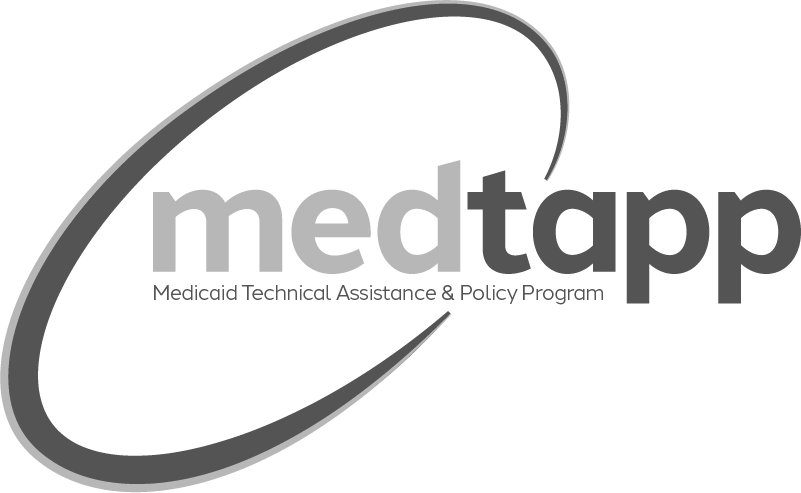Patient Education
Involving your Patients in Optimizing their Health
Consumer education resources are available which contain guidance on educating women at high risk for T2DM about their risk and ways to prevent or delay the onset of T2DM. A brief description of all of the educational documents is listed below.
Staying Ahead of Type 2 Diabetes After a History of GDM:
Women with a history of GDM are 9 times more likely than the general population to develop T2DM. By working with your patients to complete T2DM testing as recommended by the American Diabetes Association, your patients will be able to take steps to decrease adverse health outcomes. Every healthcare professional has the responsibility to ensure that glucose testing has been ordered, administered and reviewed with their patient.
Lifestyle Changes: Wellness, Nutrition & Exercise:
Whether your patient’s T2DM testing had normal results or prediabetes, lifestyle changes will benefit her health. Motivate your patient to achieve a healthy weight, increase physical activity, and eat a balanced diet.
T2DM: New Diagnosis:
A high-level overview of material to cover with a patient that is receiving a new T2DM diagnosis is included. It is important for patients to understand their diagnosis, steps towards living a more healthy life, and symptoms of high and low blood sugar.
Tobacco Cessation:
Three tobacco cessation resources are included, including the Ohio Tobacco Quit Line, Ohio Smoke Free Families, and Smokefree Text Messaging Programs.
Family Planning and Long Acting Reversible Contraceptives (LARC):
Reproductive life planning and LARCs are topics many people don’t immediately associate with GDM management and prevention of T2DM. However, adequate birth spacing ensures women have time to lose weight postpartum. The toolkit covers these topics and how to communicate the benefits to your patients.
T2DM Testing and Shared Decision Making:
Many patients have difficulty following through on treatment plans due to a variety of reasons ranging from transportation, child care, work, or other personal issues. Shared Decision Making is a proven model for engaging patients in their care plan and improving patients' compliance rates. It is important that women at risk for T2DM are aware of their risk for developing T2DM, and live a healthy life for herself and her family. The Provider Toolkit will walk you through the process of shared decision making with sample questions and instructions. The toolkit also includes talking points to clearly explain the importance of T2DM testing and the increased risk of T2DM for your patients.
Additional Consumer Education Materials
Office Resources
Office Workflow
A clearly defined plan for assessing your patient’s risk and T2DM testing history, this flow chart outlines best practices for the follow up testing of T2DM. It includes specific guidelines on when and how to complete T2DM testing.





